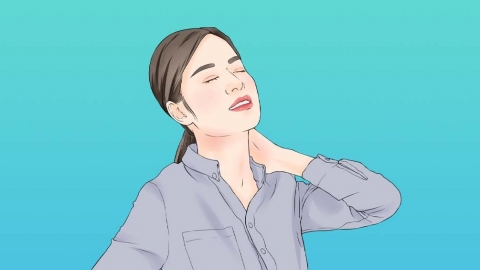What to do about cervical spine misalignment
Cervical dislocation may be caused by poor posture, lack of physical exercise, trauma, cervical degenerative changes, arthritis, etc. Generally, treatments such as massage, traction, increased exercise, medication, and surgical intervention may be required. If any abnormalities occur, timely medical attention is recommended. Detailed analysis is as follows:

1. Poor posture: Prolonged incorrect posture, such as looking down at a phone, computer, or work for extended periods, can lead to excessive strain on the neck muscles and muscle imbalance. Long-term effects may result in displacement of the intervertebral joints. This can be managed through physical therapies such as massage, traction, electrotherapy, and by adjusting daily posture, using appropriate pillows, and strengthening neck muscle exercises.
2. Lack of physical exercise: Improper or insufficient exercise can weaken or degenerate muscles, reducing their protective effect on the intervertebral joints. Combined with poor work habits, this can also lead to cervical facet joint dislocation. It is recommended to increase daily physical activity and improve work habits to avoid maintaining the same posture for prolonged periods.
3. Trauma: Violent impacts on the cervical spine, such as falls from a height or external force collisions, may cause cervical dislocation. Symptoms are usually severe and may be accompanied by nerve damage. Treatment often requires surgical intervention to restore normal alignment of the cervical spine and relieve nerve compression.
4. Cervical degenerative changes: Common in middle-aged and elderly patients, conditions such as cervical spondylosis or cervical bone spurs may compress and irritate nerves, causing reactive and protective cervical dislocation. Accompanying symptoms include neck pain, restricted movement, and pain. Medications such as Nimodipine tablets, Jingfukang granules, and Mecobalamin tablets may be used as directed by a physician to alleviate symptoms.
5. Arthritis: Inflammation of the cervical joints may lead to uneven joint surfaces, which can cause cervical dislocation. Accompanying symptoms include neck pain, stiffness, restricted movement, and joint swelling. Medications such as Ibuprofen tablets, Diacerhein capsules, and Celecoxib capsules may be used under a doctor's guidance for treatment.
Additionally, maintaining good daily habits and neck posture is important to prevent cervical dislocation.






